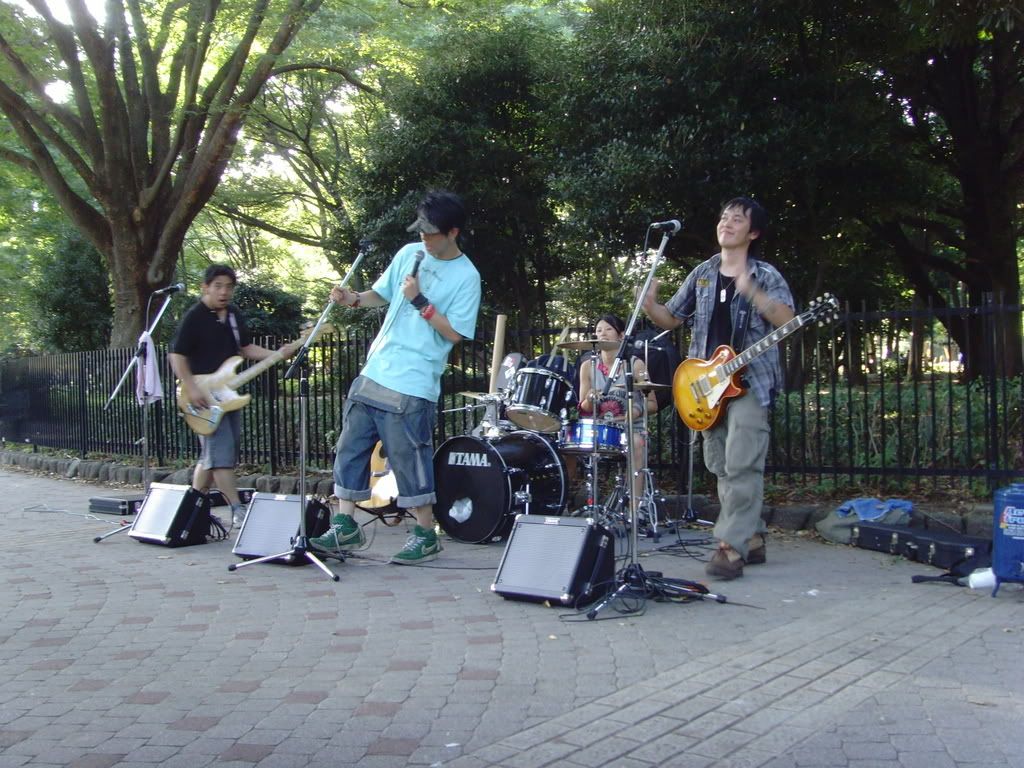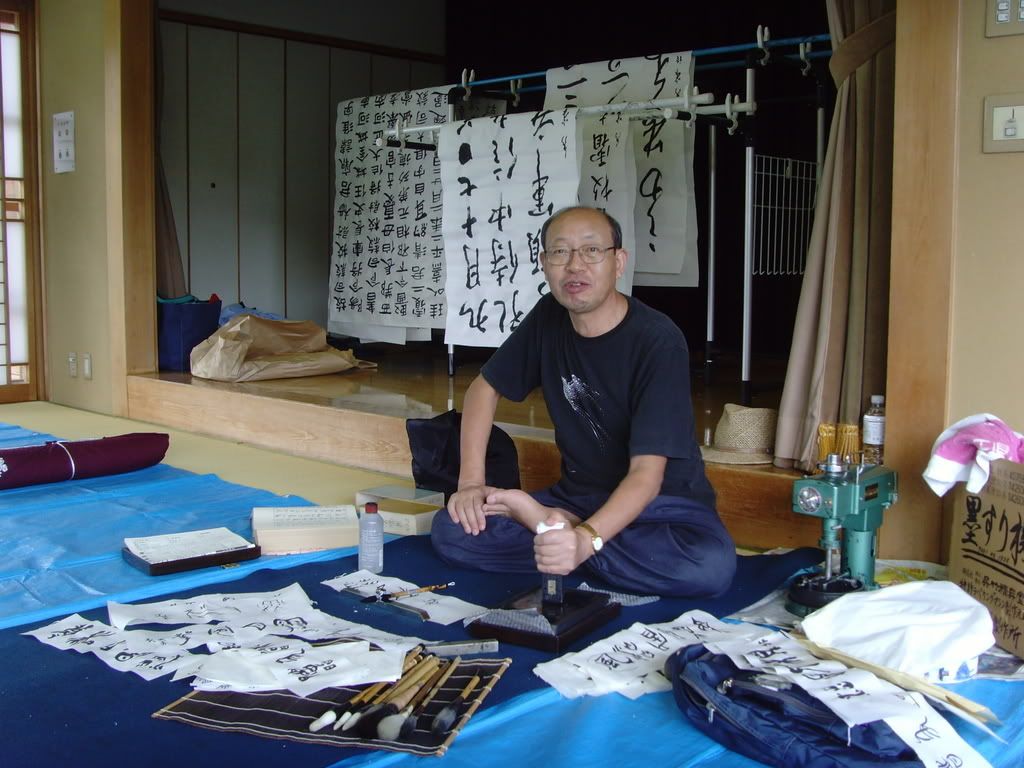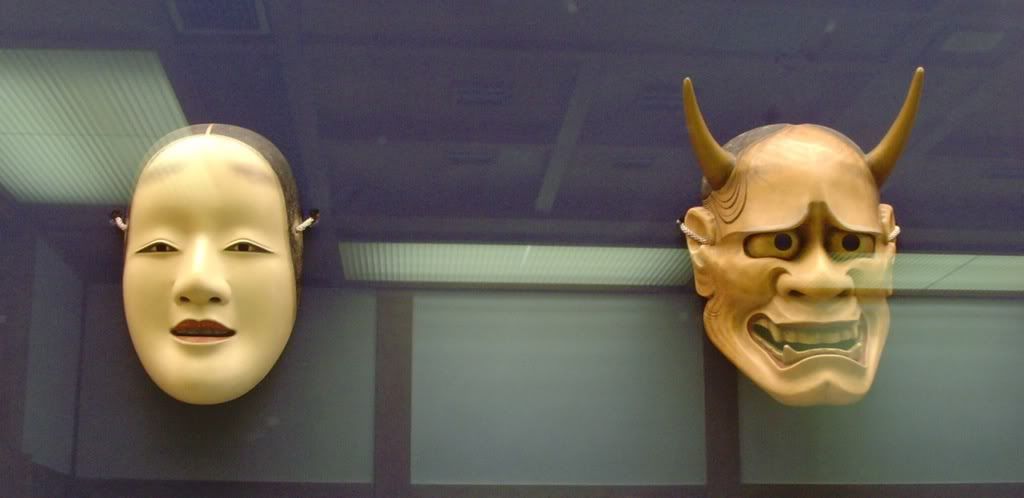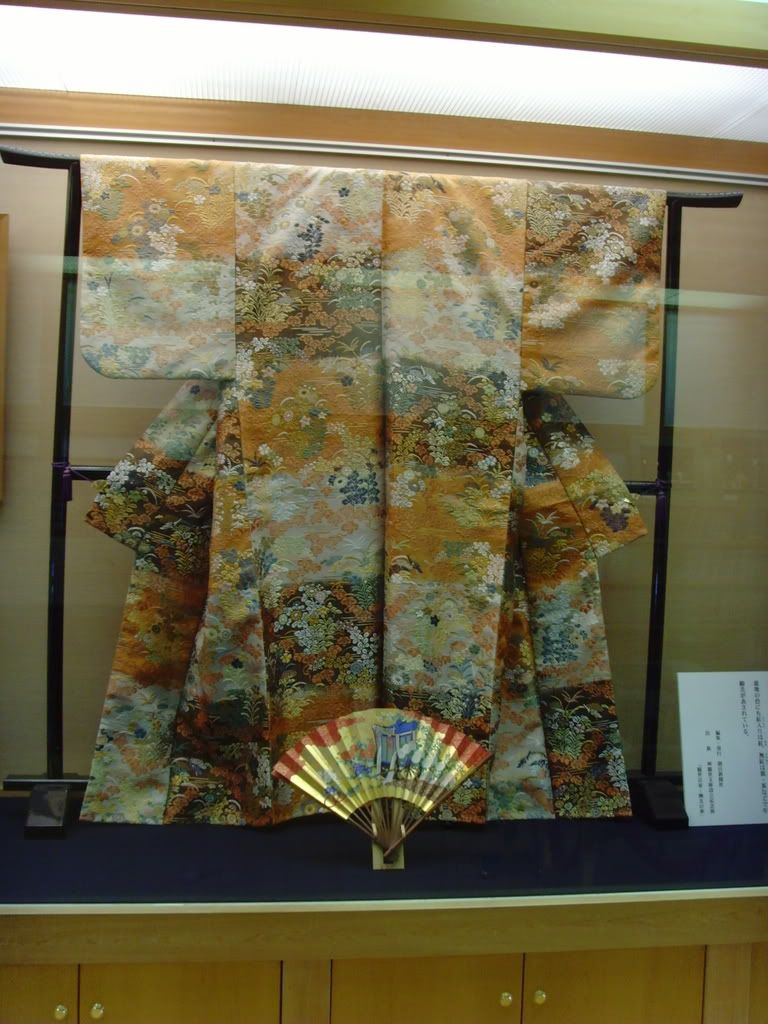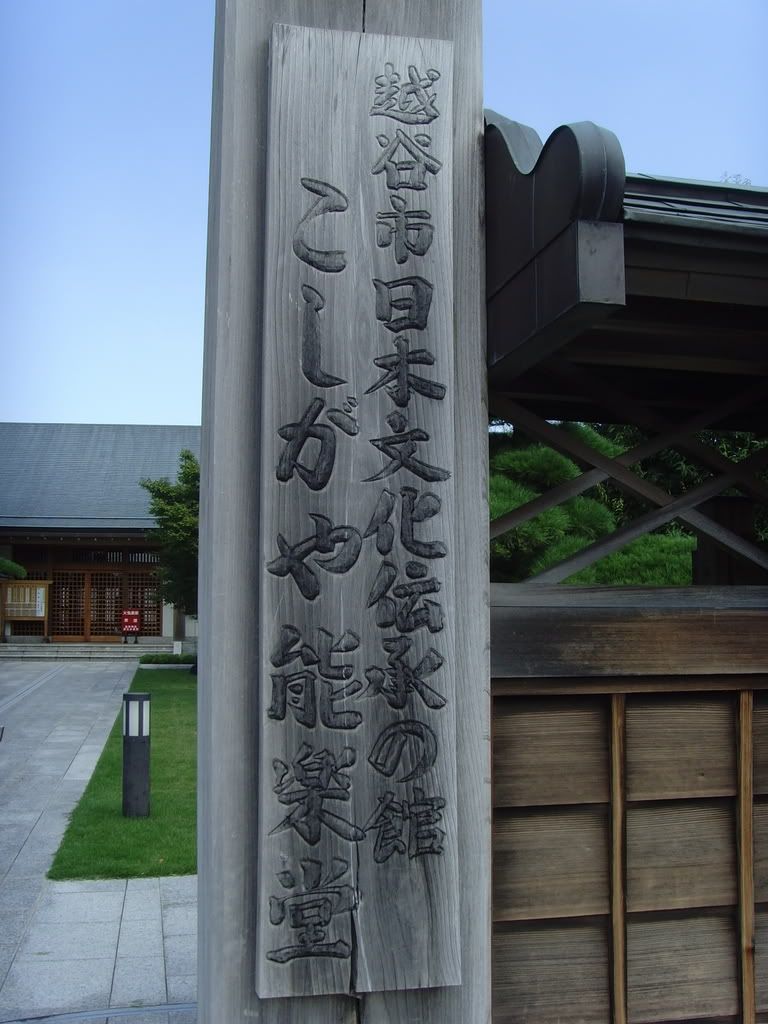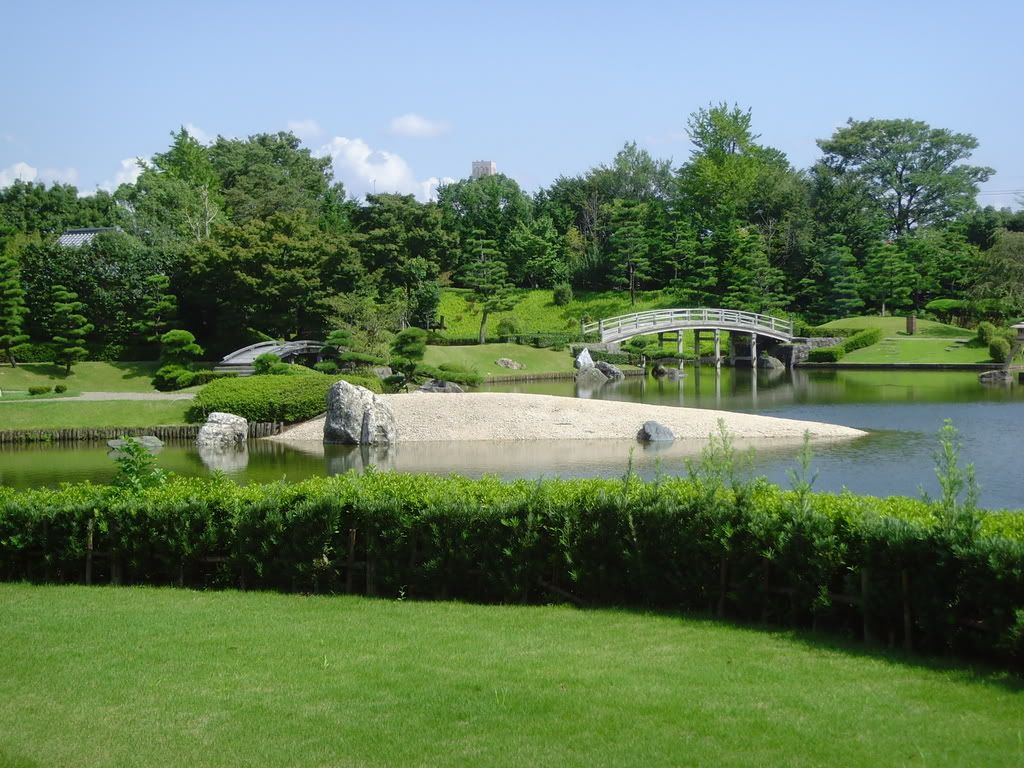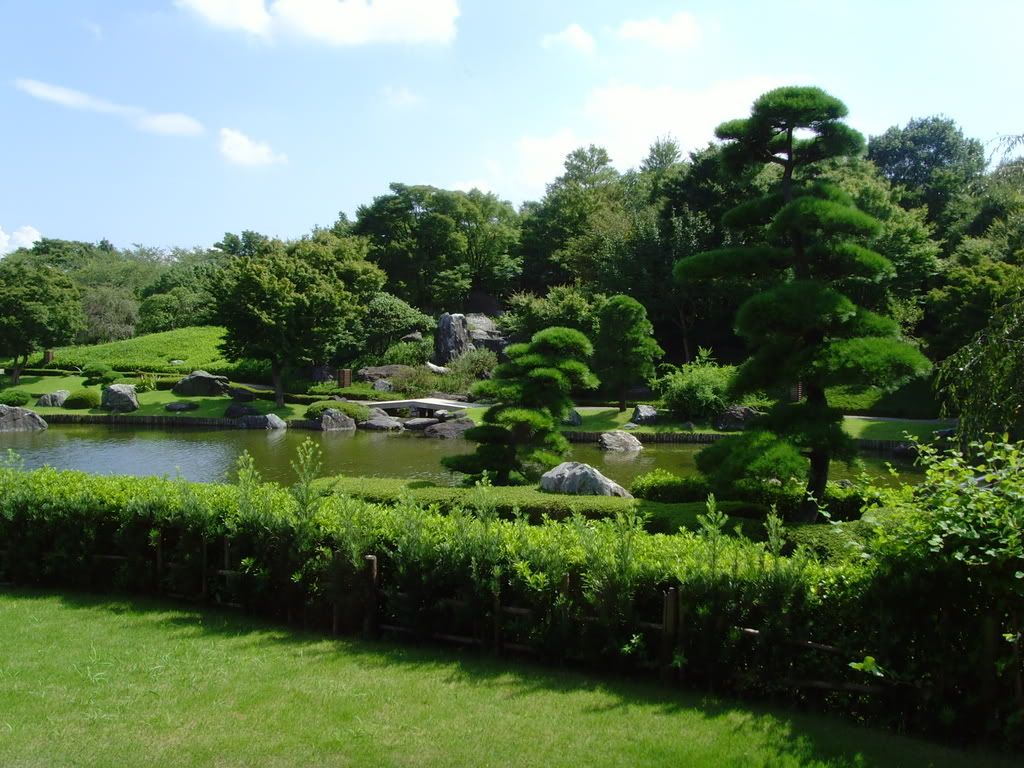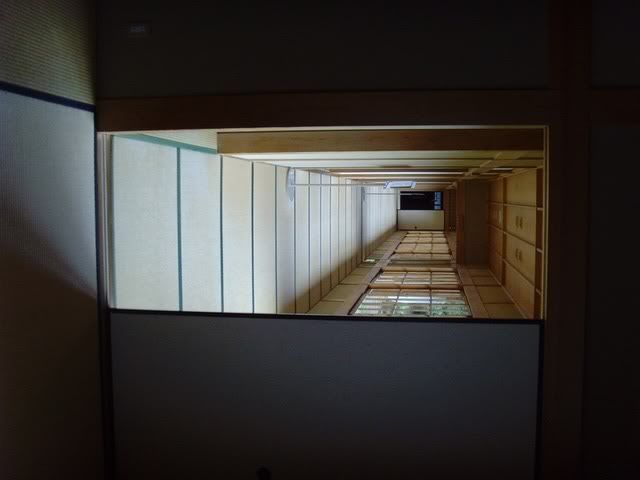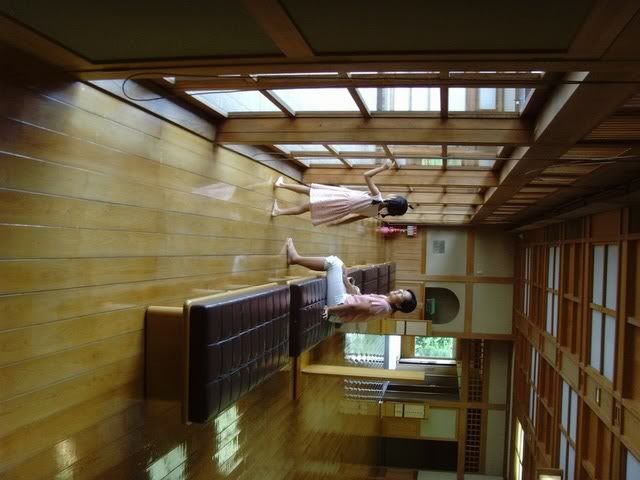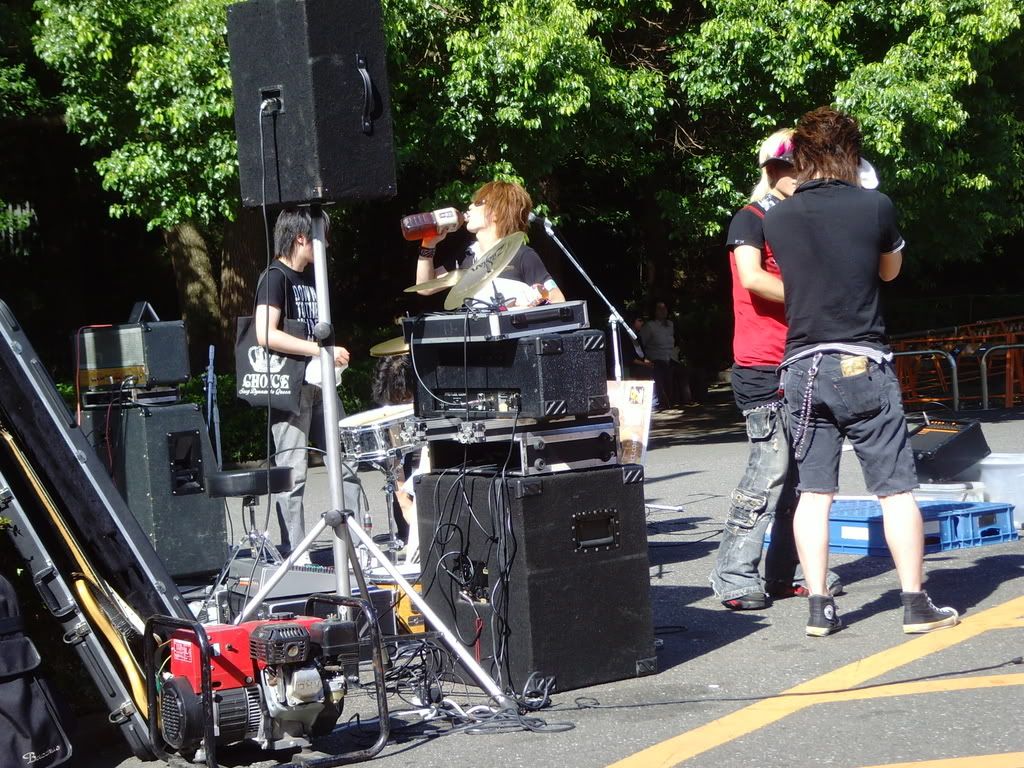 Last Monday, on I had a school holiday, so I took the chance to head over to Yoyogi Park in Harajuku. It was supposed to be my introduction into the world of indie music, namely indie rock, here in Japan. Well, I guess it was something of an introduction, since I got my foot in the door, but it was little more than that.
Last Monday, on I had a school holiday, so I took the chance to head over to Yoyogi Park in Harajuku. It was supposed to be my introduction into the world of indie music, namely indie rock, here in Japan. Well, I guess it was something of an introduction, since I got my foot in the door, but it was little more than that.I only saw two bands there; apparently Sundays are the days to go, not Monday. I hear that they used to close the street next to Yoyogi Park and indie bands down line up all along the road and play. They don't close the street anymore--a sign of some change in the underground music world??--but bands still show up to play. On Sundays.
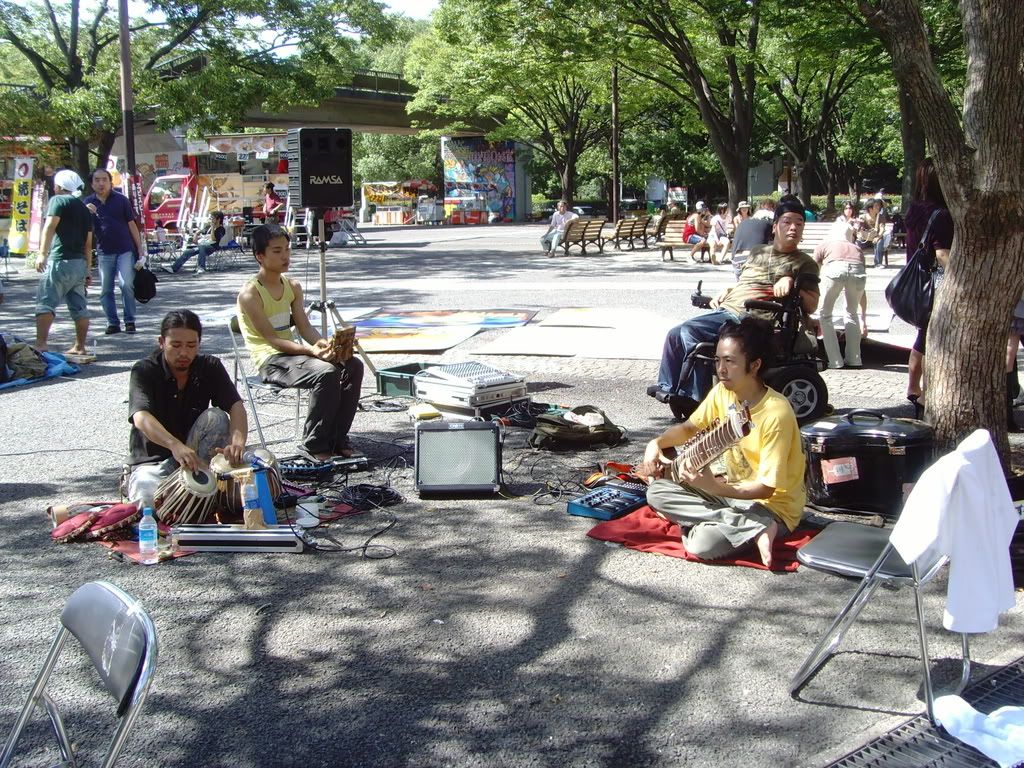 Well, when I got there, there were only two rock bands and neither was playing, so I took a looksee across the street where something was going on. It turned out to be a "Peace Festival" and there were hippies!! A little group of three were playing some music on some instruments I've never seen before. The people there really were at "peace" too. So at peace that some of them (if they weren't one of the girls lined up next to the street for god-knows-what) were asleep, blissfully unaware of a certain devious picture-taker sitting right next to them, using a yakisoba lunch as her cover.
Well, when I got there, there were only two rock bands and neither was playing, so I took a looksee across the street where something was going on. It turned out to be a "Peace Festival" and there were hippies!! A little group of three were playing some music on some instruments I've never seen before. The people there really were at "peace" too. So at peace that some of them (if they weren't one of the girls lined up next to the street for god-knows-what) were asleep, blissfully unaware of a certain devious picture-taker sitting right next to them, using a yakisoba lunch as her cover.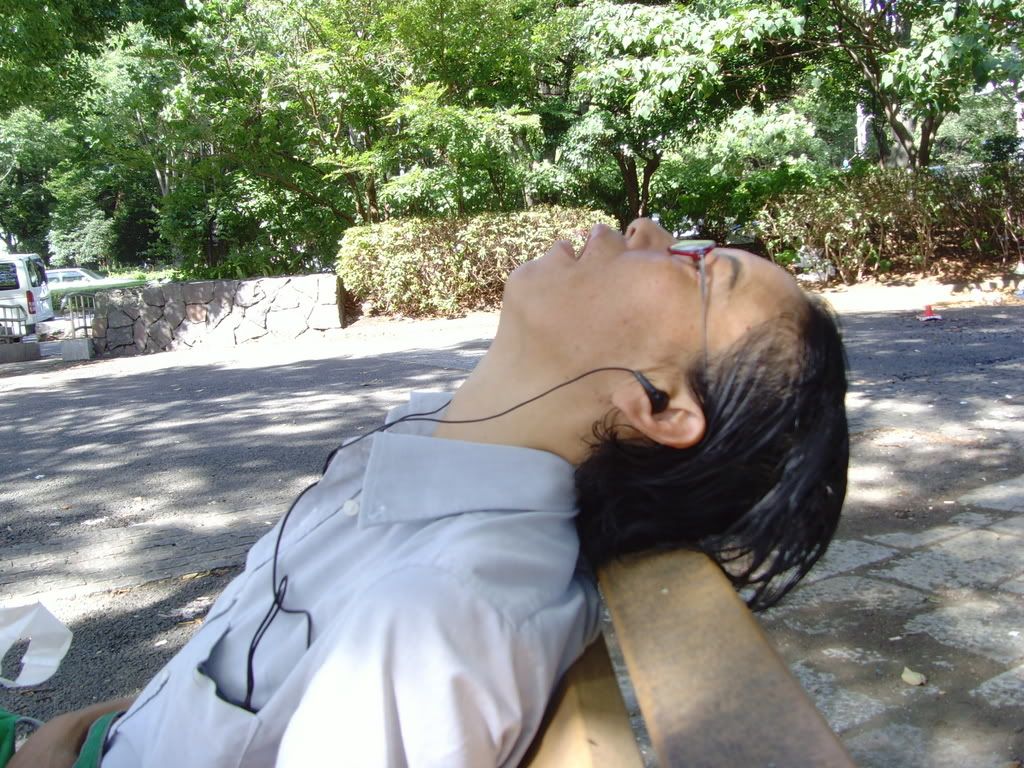
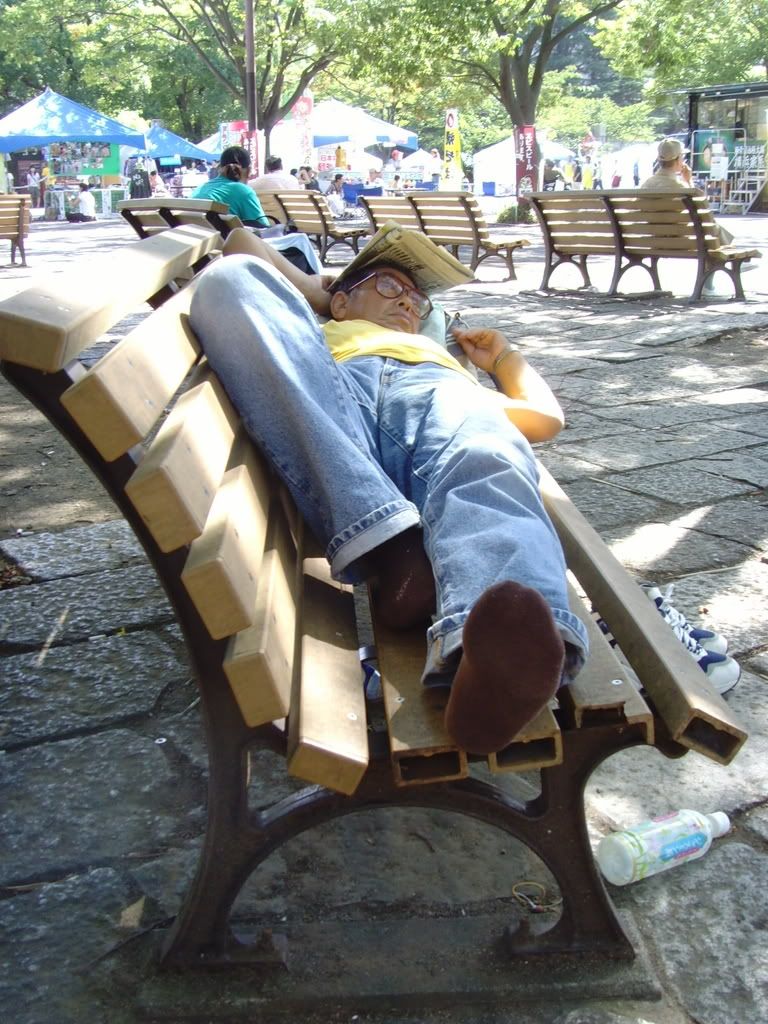 Well, after lunch and a few pictures, I headed back to the park to see what I could see, or rather hear what I could hear, and lo and behold, one of the bands was playing-- Success!! I watched them play and at the end of it, I went up and bought their single and their mini-album. Since I was the only person buying anything, they of course took notice and told me that they'd start playing again in just a little bit. I was a bit shy, so I hurried off--a failure as an interviewer!--but came back and watched them when they started playing again. It was a good move, since after that, the band members and their manager (I think she was?) started talking to me during their breaks.
Well, after lunch and a few pictures, I headed back to the park to see what I could see, or rather hear what I could hear, and lo and behold, one of the bands was playing-- Success!! I watched them play and at the end of it, I went up and bought their single and their mini-album. Since I was the only person buying anything, they of course took notice and told me that they'd start playing again in just a little bit. I was a bit shy, so I hurried off--a failure as an interviewer!--but came back and watched them when they started playing again. It was a good move, since after that, the band members and their manager (I think she was?) started talking to me during their breaks.So the band is called Saturday Night Bremen (Samstag Nacht Bremen! cried the German girl who stopped to watch), and consists of a drummer, bass guitarist, electric guitarist, and acoustic guitarist/lead singer. Their music was not, perhaps, spectacular but their performance wasn't half bad. Every single one of them was very into their music. They managed to get a few people to stop and listen, but just a few. They have a live show coming up in October. I'll try to hit that and see if I can't cultivate a better relationship with the band members--the language barrier was a bit awkward. At the very least, I'll get a looksee at other bands and my first Japanese live house experience. Saturday Night Bremen might or might not be prime material for my final project, but they all seemed like good people, even if they are (as their manager swore) a little crazy. And anyways like I said, the expedition was just to get my foot in the door.
